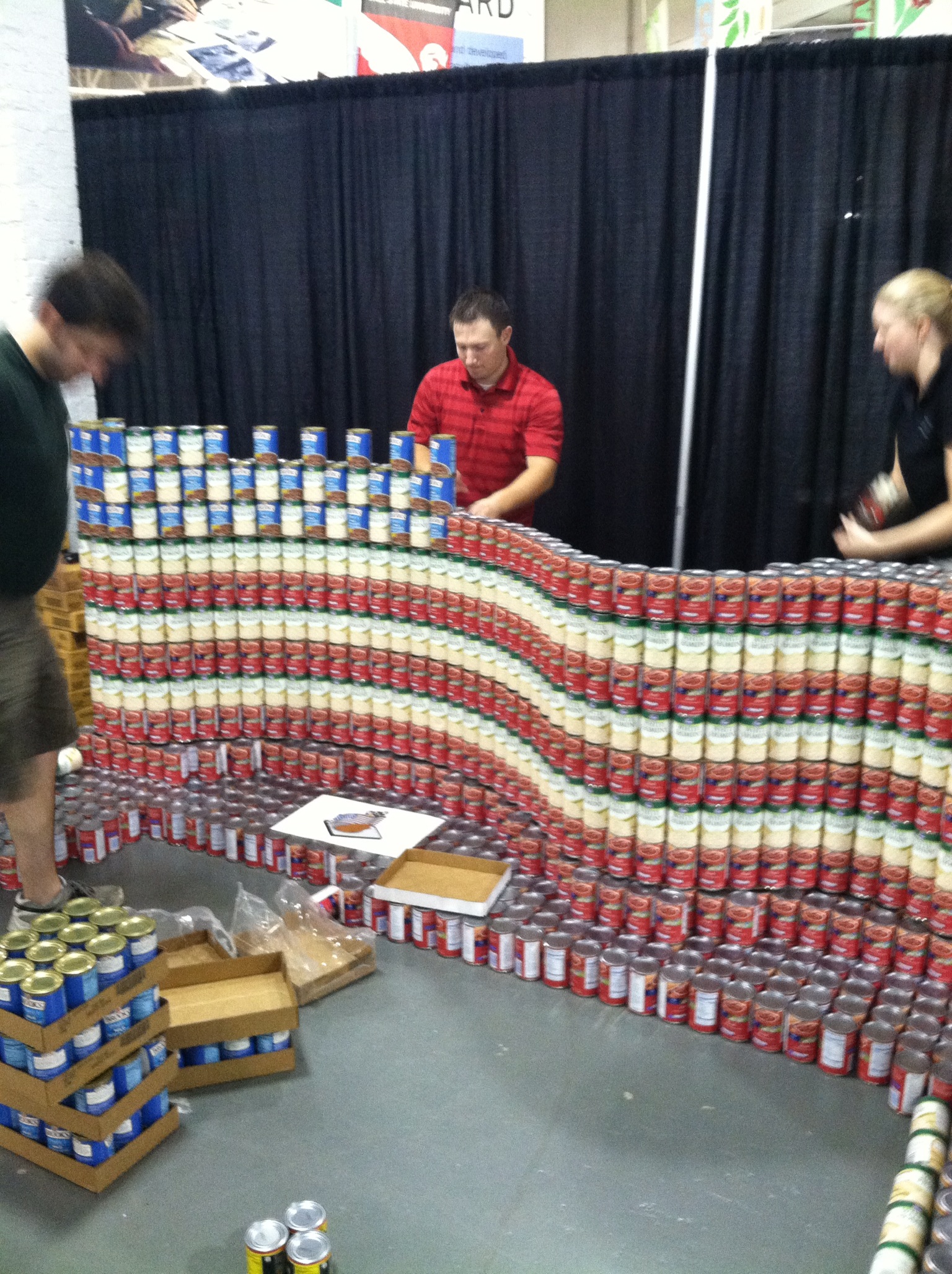ArtPrize 2012
Grand Rapids, Michigan.
This year marks the 4th year for ArtPrize, an international art competition. ArtPrize is a relatively young event. An idea brought into reality a couple years ago, ArtPrize has evolved and matured into what I would consider one of the most unique competitions in the world. This year, over $560,000 in prize money was distributed to top placing artists. There was a popular vote as well as judged categories.
In the beginning, ArtPrize was structured in a way that the winners were judged entirely by a popular vote. Under the scrutiny of many art critics, the first year of the competition revealed that there were quite a few holes in terms of "fairness." One issue that soon became apparent, was that some venues (businesses hosting art pieces) did not have consistent operating hours during the length of the competition, thus, allowing some of the art pieces in these venues more or less exposure than others. Another issue arose from art critics who were questioning the judgement of the "artistically ignorant" public. The public vote entirely determined who would get awarded the prize money and the top placing art pieces were typically large, outdoor, or flamboyant installations easily viewable by the public. Many of these would not necessarily be what most artistically inclined individuals would deem worthy of 100k or 250k.
In more recent years, ArtPrize rules and regulations have evolved, settling issues like exposure time and fair judging. Venues wishing to participate in ArtPrize would now have to remain open for a pre-determined time period during the competition (most of which were after typical business hours). This year, also included a whole new category of winners and awards that were judged by a panel of art critics. This allowed many works of art that may not have been appreciated by the general public to be recognized by the "art savvy" judges.
I had the opportunity to talk with one of the artists, Jeffery Gauss, who was excited by the constant stream of attention his MicroDoodle was getting. His venue, the B.O.B. (Big Old Building), is a very popular and centrally located space. While chatting with the artist, he seemed very excited by the mass appreciation and exposure his art was getting.
In any case, while some disgruntled artists my find unfairness in the competition, I think you will find an overwhelming approval for the event as a whole. Many artists join the competition full well knowing they may not win the grand prize, but free exposure is valuable thing.
Congratuations to this year's winner of the Grand Prize $200,000, Adonna Khare. Cant wait for next year!
"Elephants"
This is done in pencil. Amazing.



